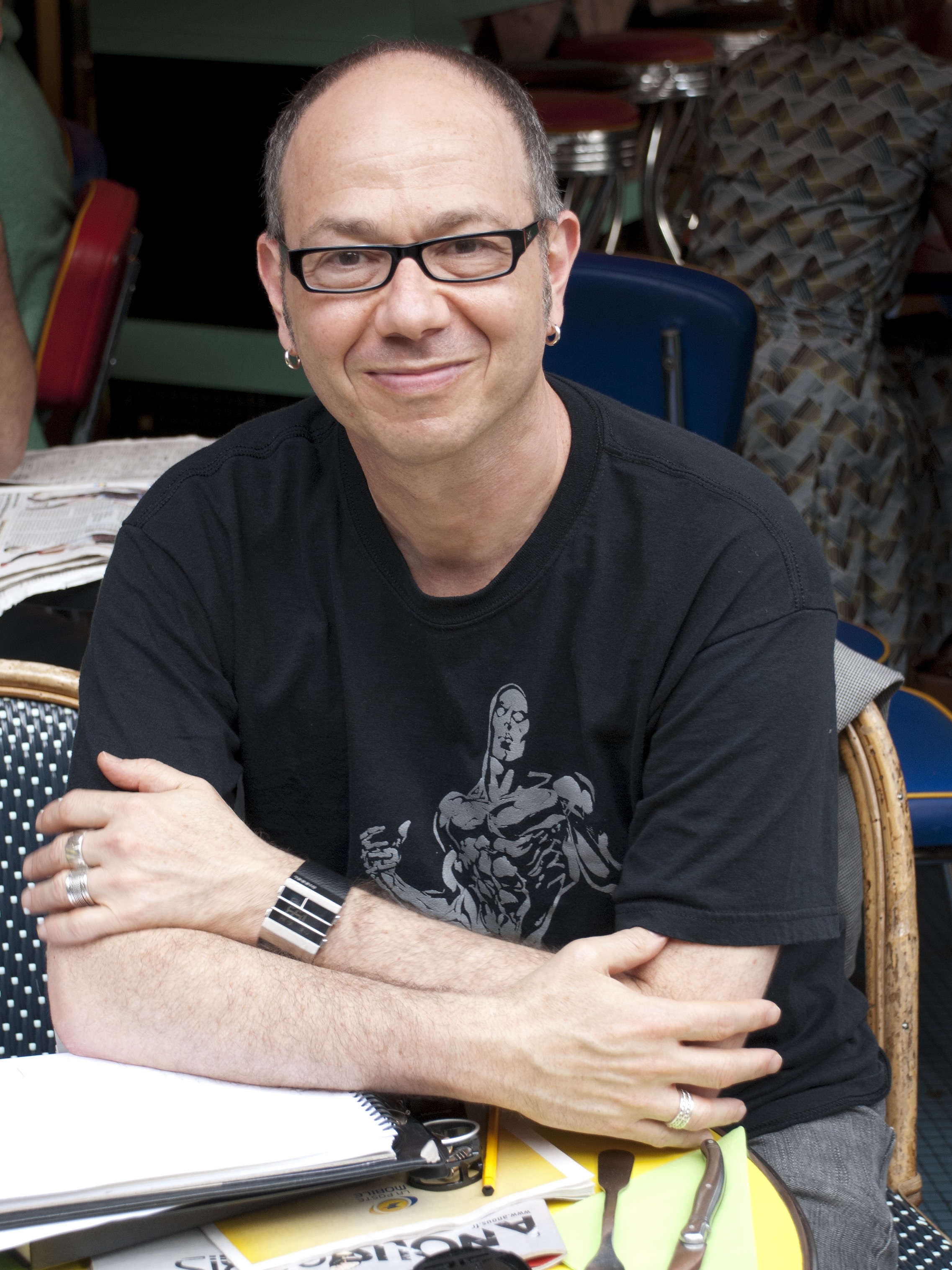Eduardo Kac - Biographical Note
Bio(600 words) or Chronological Bio(2 pages)

Eduardo Kac is internationally recognized for his groundbreaking work in contemporary art and poetry. In the early 1980s, Kac created digital, holographic and online works that anticipated the global culture we live in today, composed of ever-changing information in constant flux. In 1997 the artist coined the term "Bio Art," igniting the development of this new art form with works such as his transgenic rabbit GFP Bunny (2000) and Natural History of the Enigma (2009), which earned him the Golden Nica, the most prestigious award in the field of media art. GFP Bunny has become a global phenomenon, having been appropriated by major popular culture franchises such as Sherlock, Big Bang Theory and Simpsons, and by writers such as Margaret Atwood and Michael Crichton. In 2017, Kac created Inner Telescope, a work conceived for and realized in outer space with the cooperation of French astronaut Thomas Pesquet. In 2024, Kac's Ágora flew to deep space aboard the Centaur rocket and is now in a perpetual heliocentric orbit. Kac's Adsum landed on the Moon in 2025. Kac’s singular and highly influential career spans poetry, performance, drawing, printmaking, photography, artist's books, early digital and online works, holography, telepresence, bio art, and space art. Kac has also authored or edited several books, including Telepresence and Bio Art -- Networking Humans, Rabbits and Robots (University of Michigan Press, 2005). Kac’s work has been exhibited internationally at venues such as New Museum, New York; Pompidou Center, Paris; MAXXI-Museum of XXI Century Arts, Rome; Mori Art Museum, Tokyo; Reina Sofia Museum, Madrid; Power Station of Art, Shanghai; and Seoul Museum of Art, Korea. Kac's work has been showcased in biennials such as Venice Biennale, Italy; Yokohama Triennial, Japan; Gwangju Biennale, Korea; Bienal de Sao Paulo, Brazil; and Bienal de Habana, Cuba. His works are in major collections such as Museum of Modern Art-MoMA, New York; The Metropolitan Museum of Art, New York; Tate Modern, London; Reina Sofia Museum, Madrid; Victoria & Albert Museum, London; Museum Les Abattoirs—Frac Occitanie Toulouse, France; Valencian Institute of Modern Art-IVAM, Spain; Museum ZKM, Karlsruhe, Germany; and Museum of Contemporary Art of São Paulo, among others.